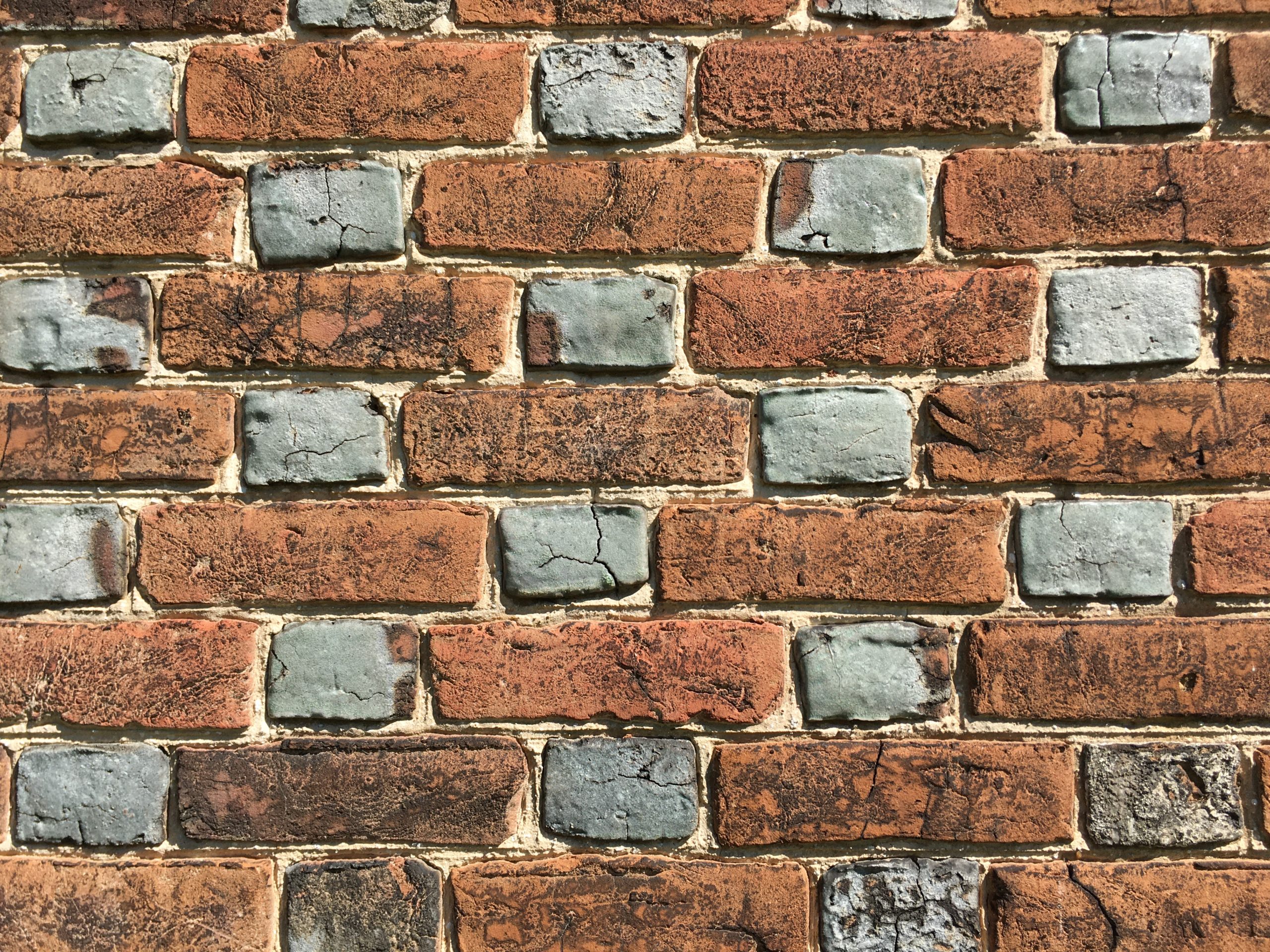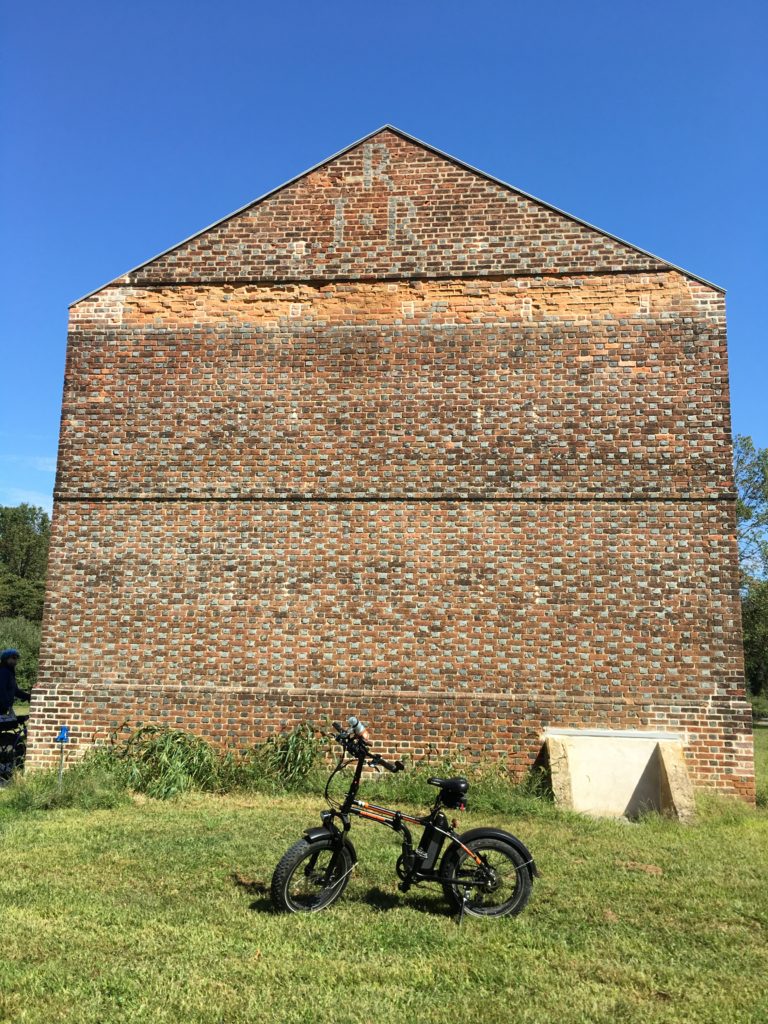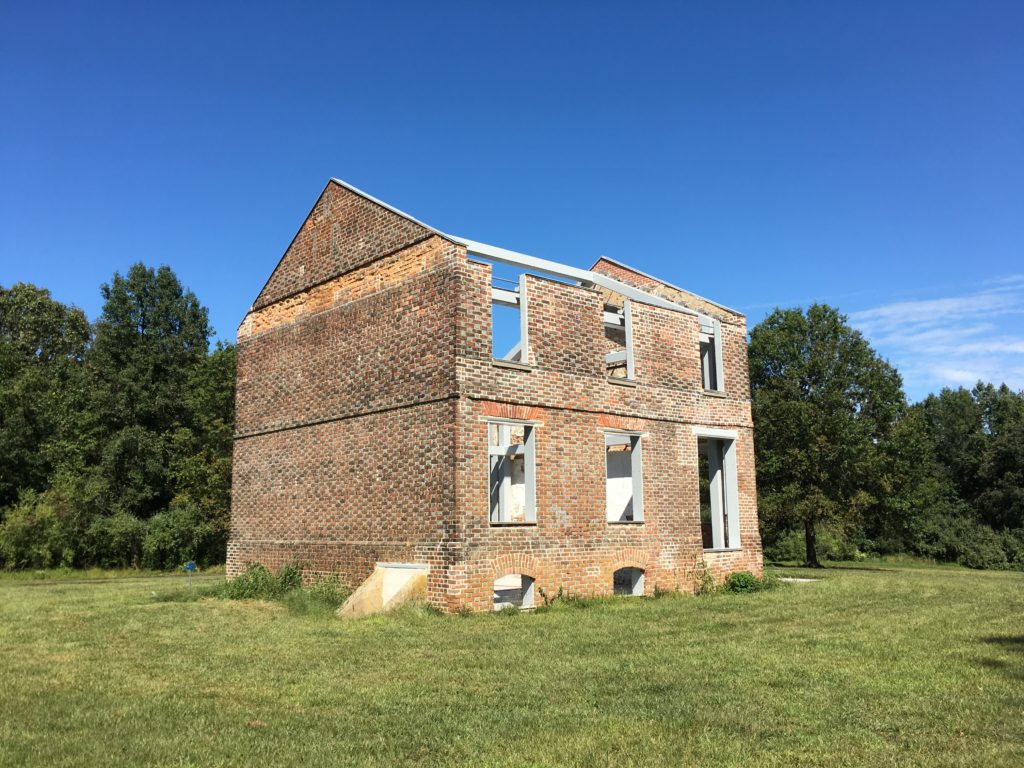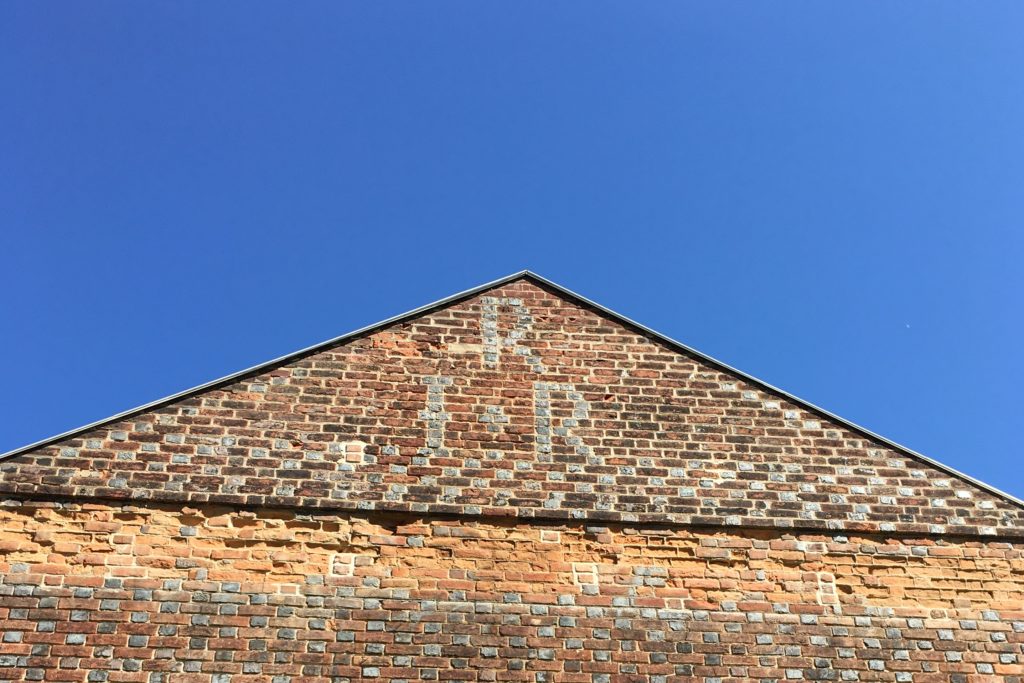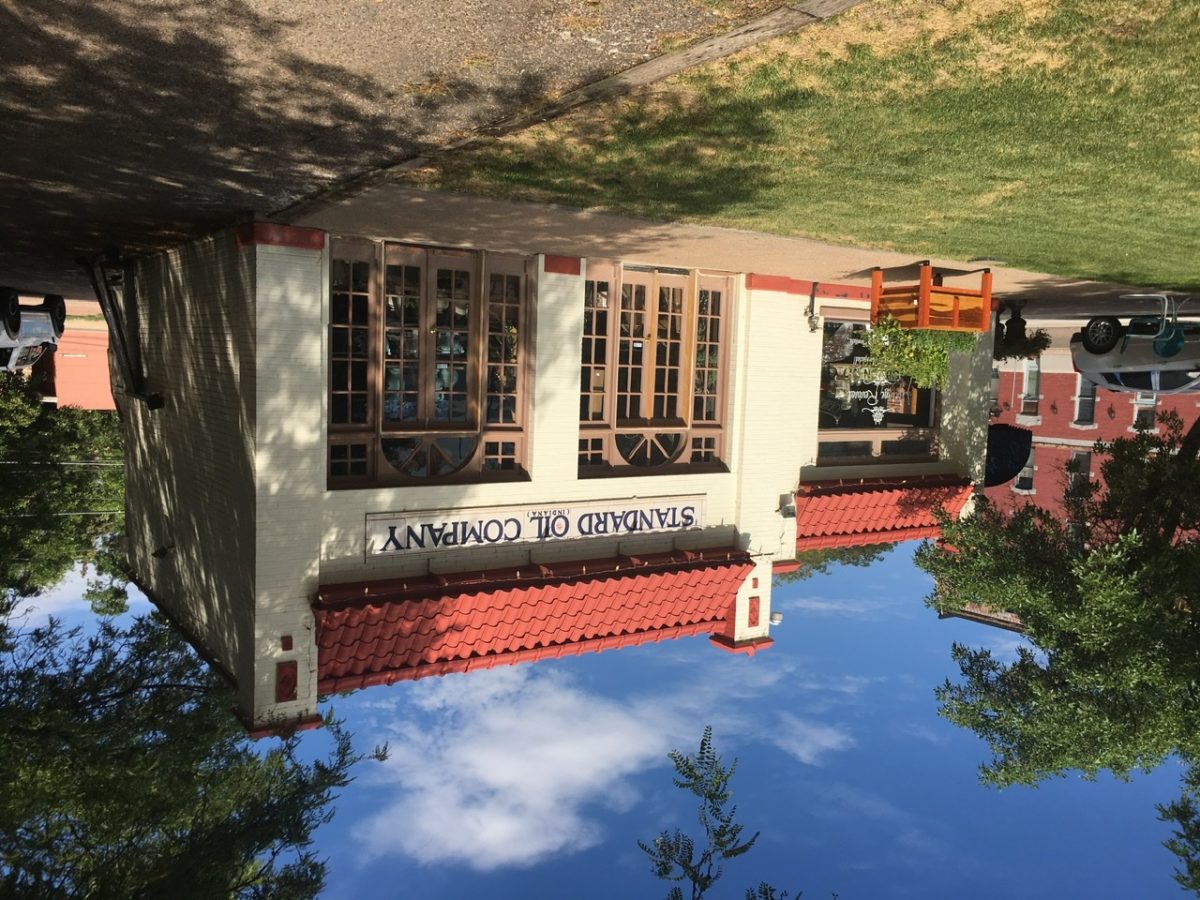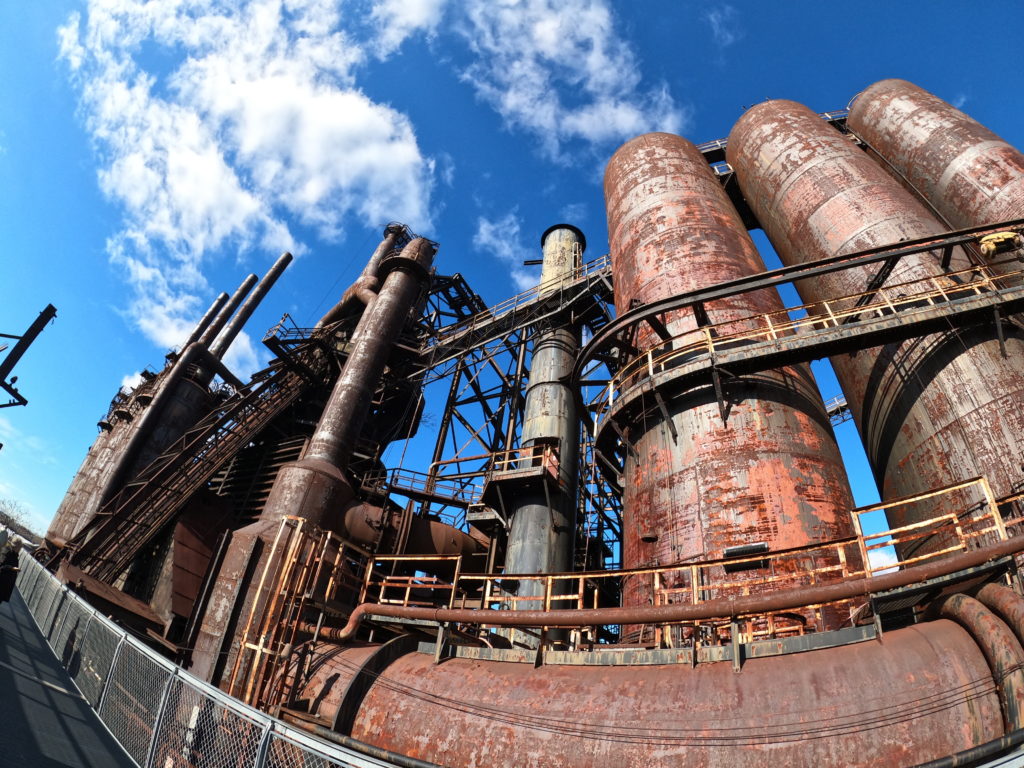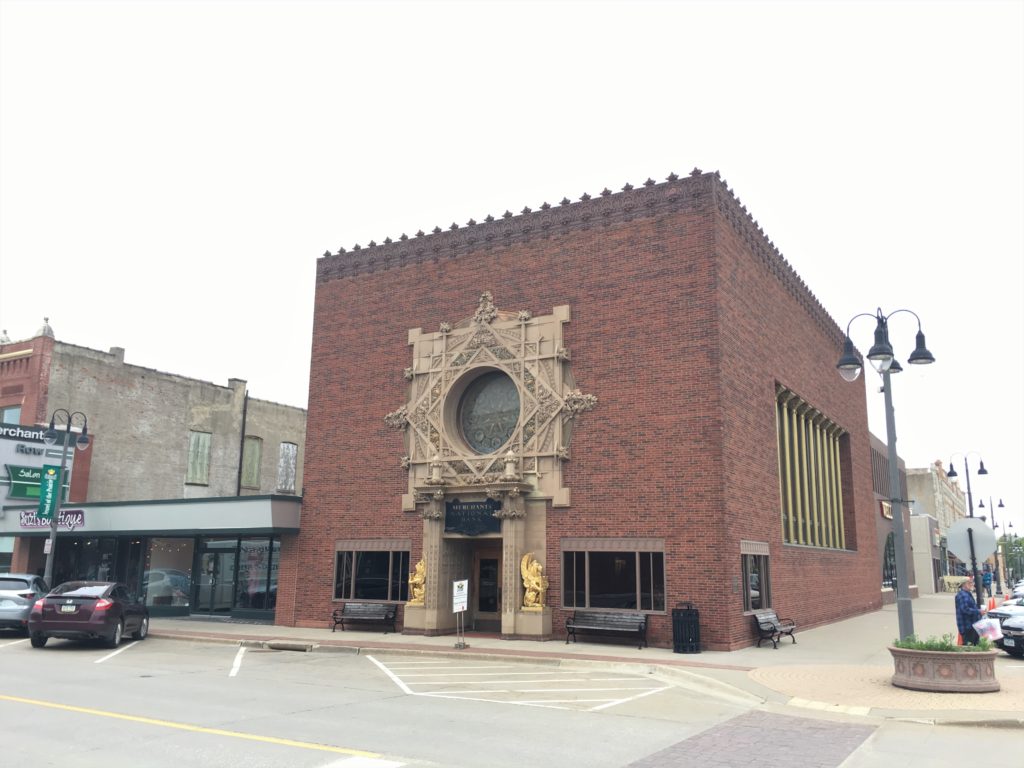Saving (or not) Modernism in the Hamptons and What Historic Preservation is Doing to American Cities
Two different perspectives on houses and preservation that should have more of an overlap in Long Island, New York
Featured image: The Geller I house by Marcel Breuer in Lawrence, New York. Demolished 2022. Source: Docomomo/Syracuse University.





